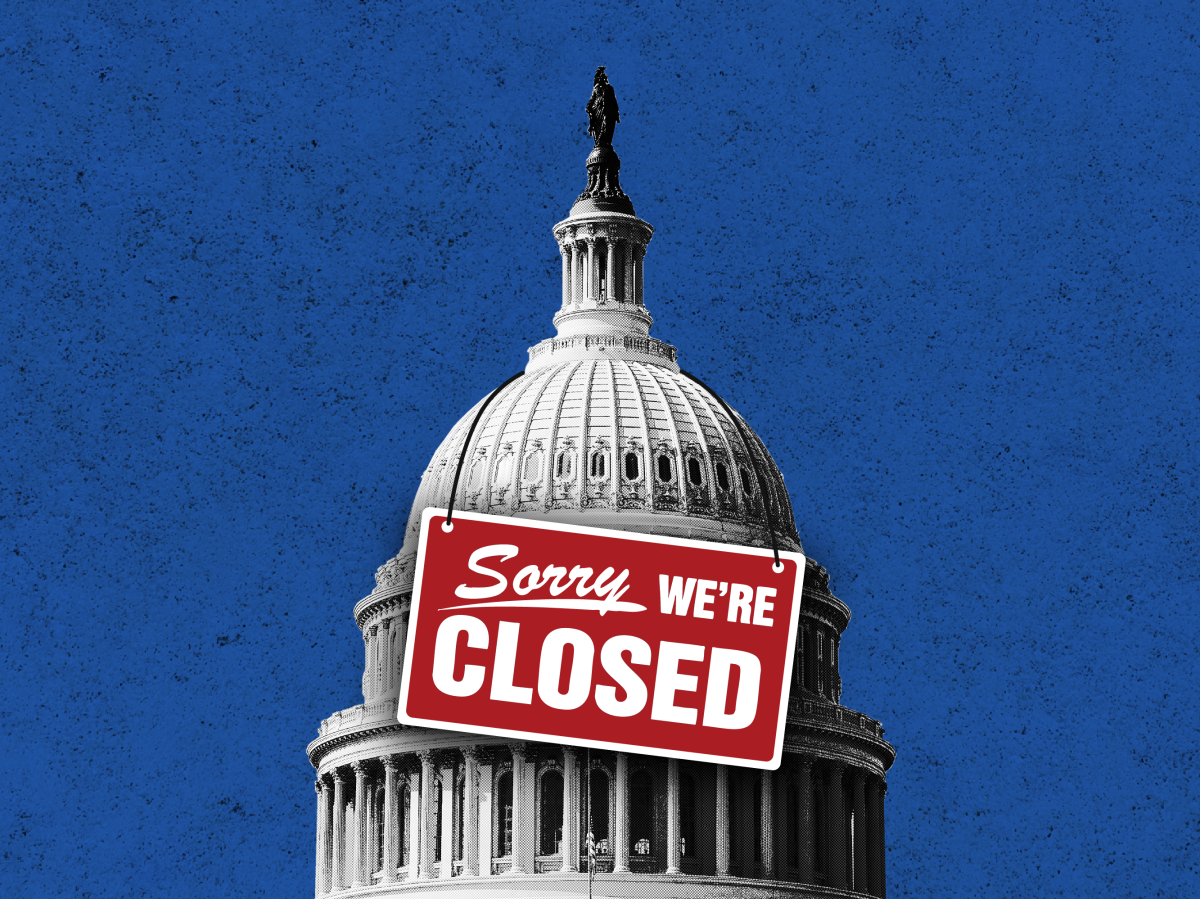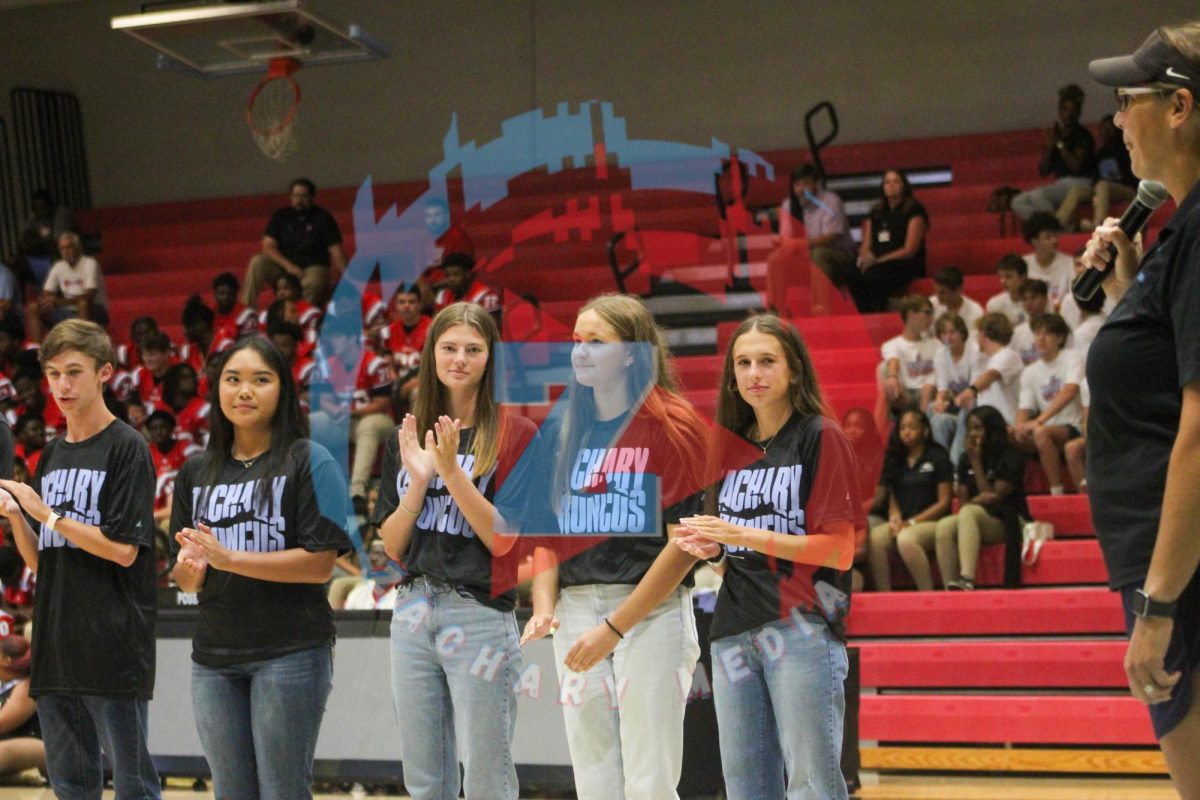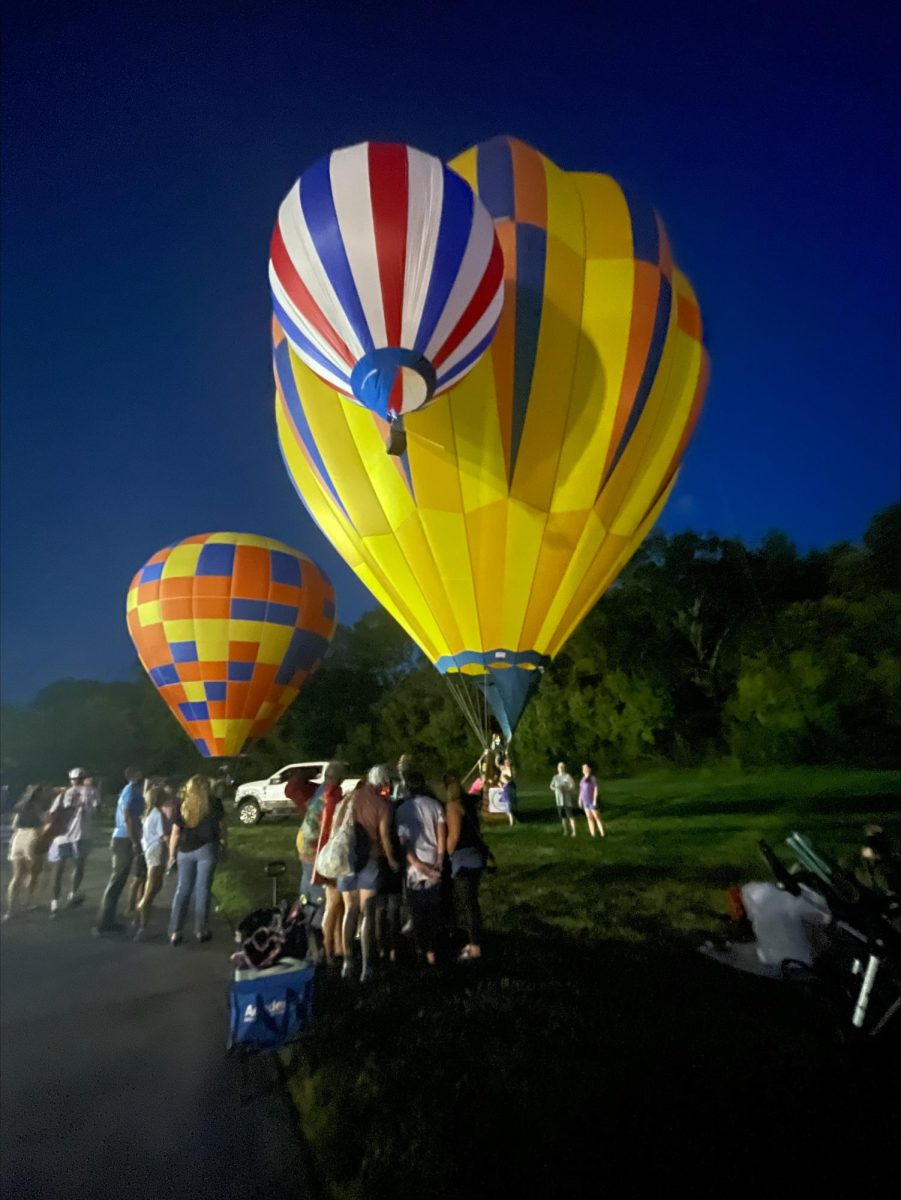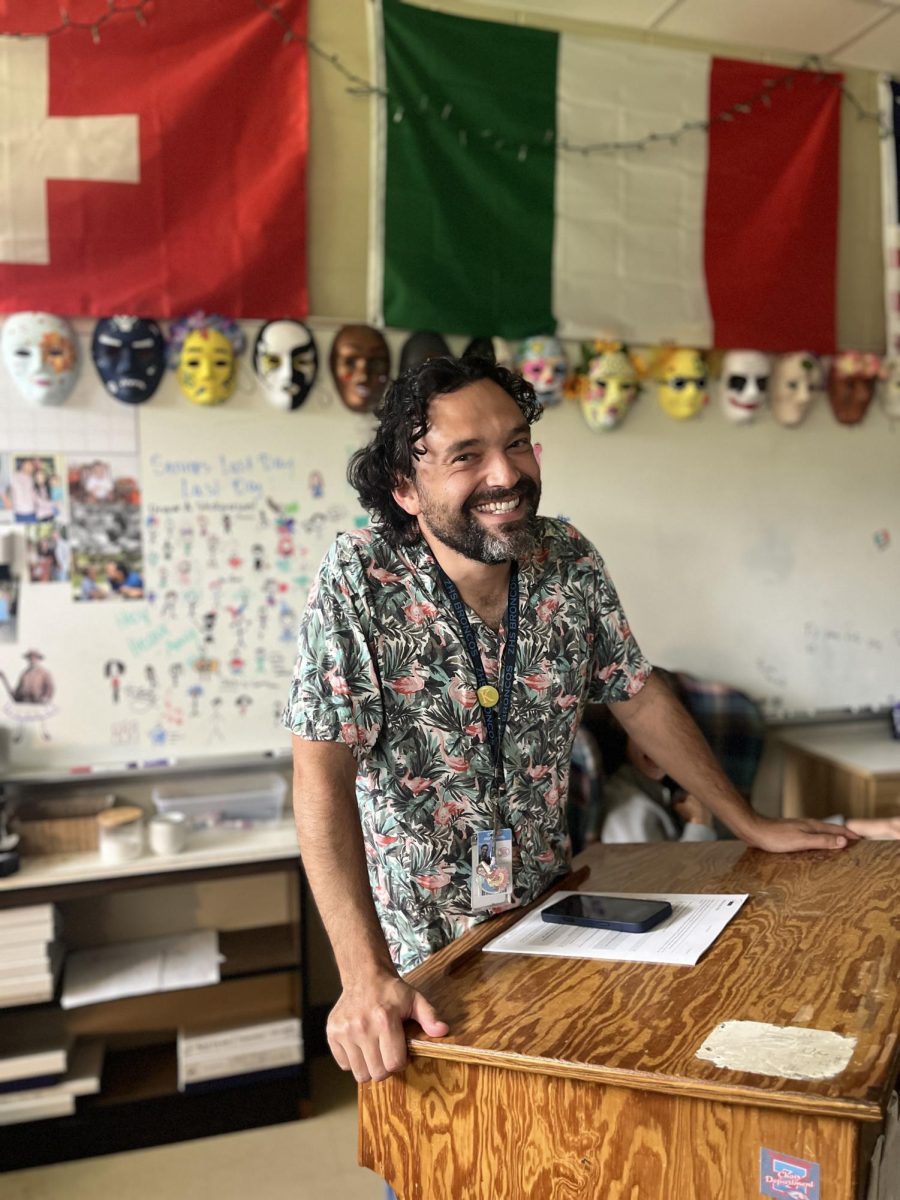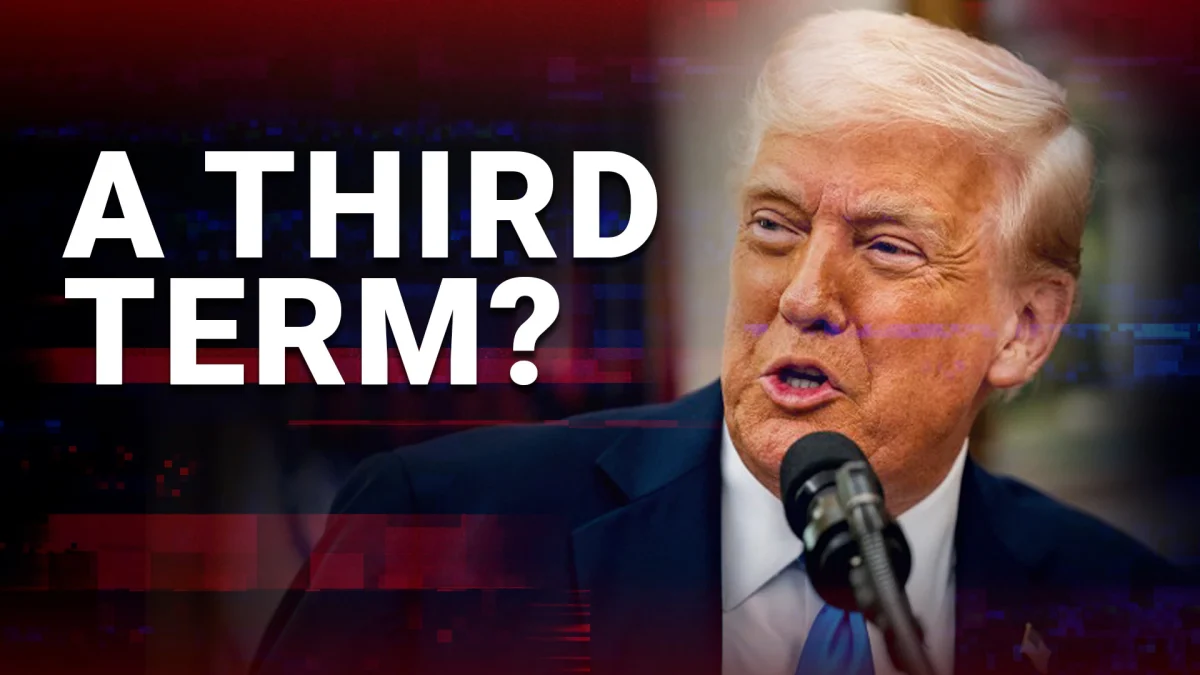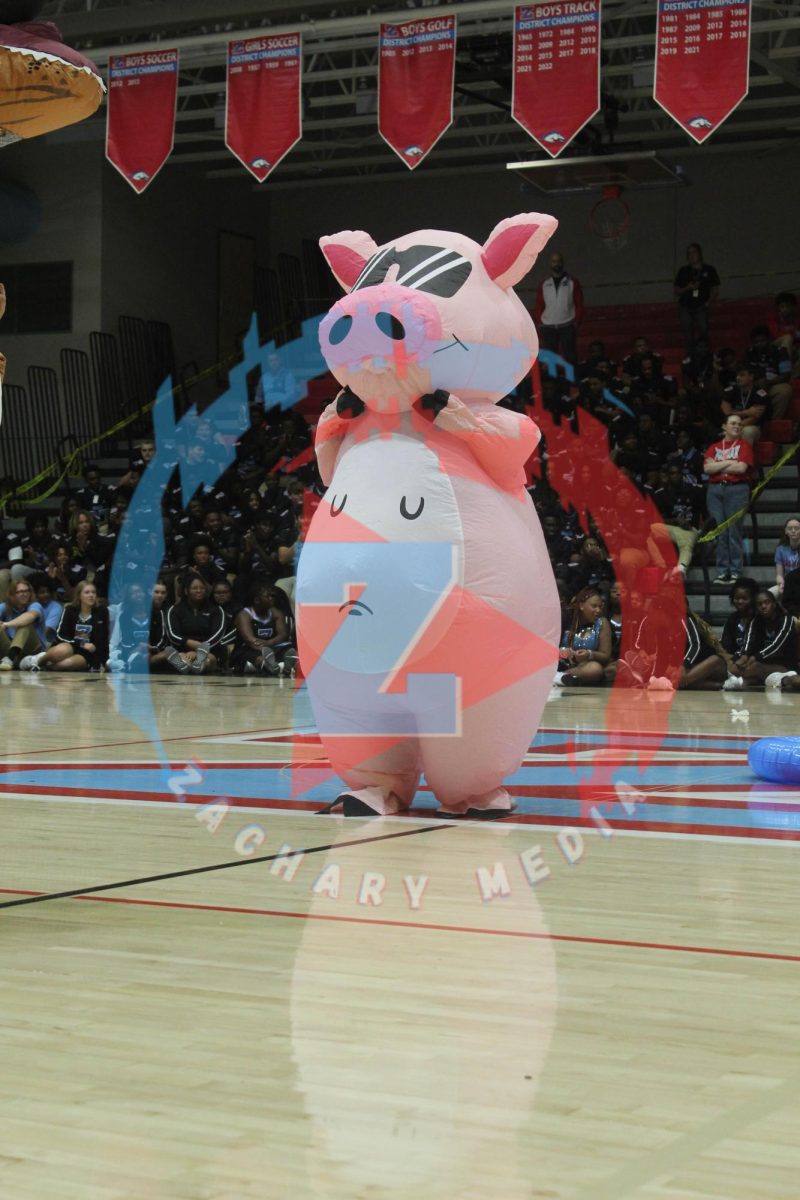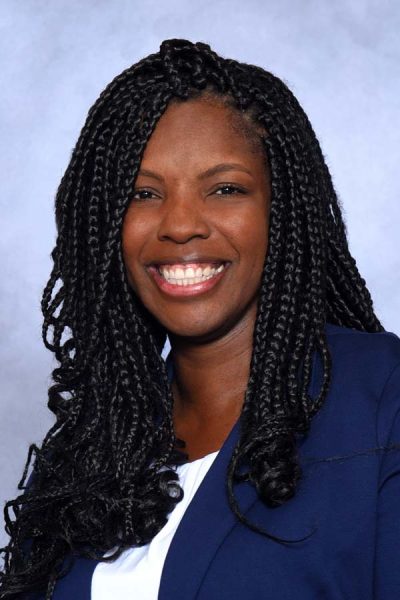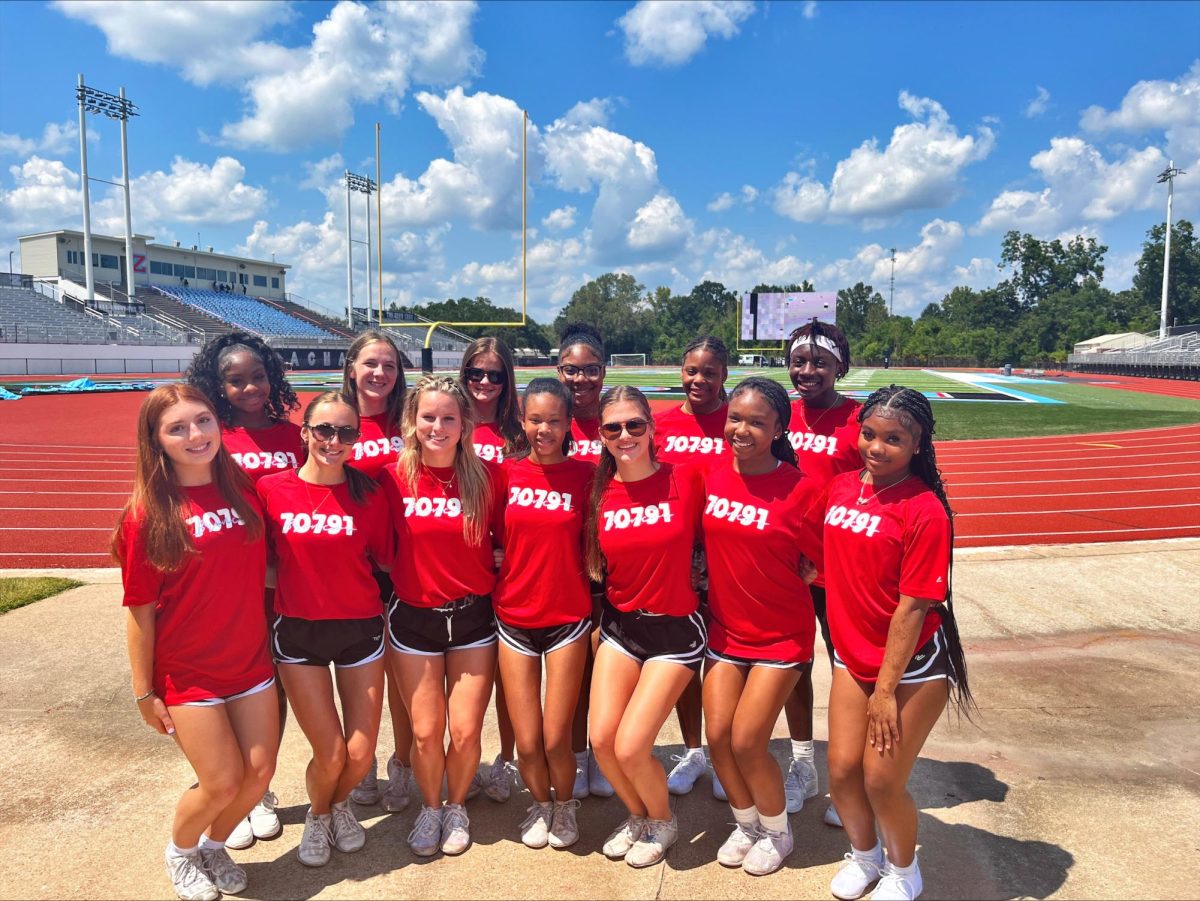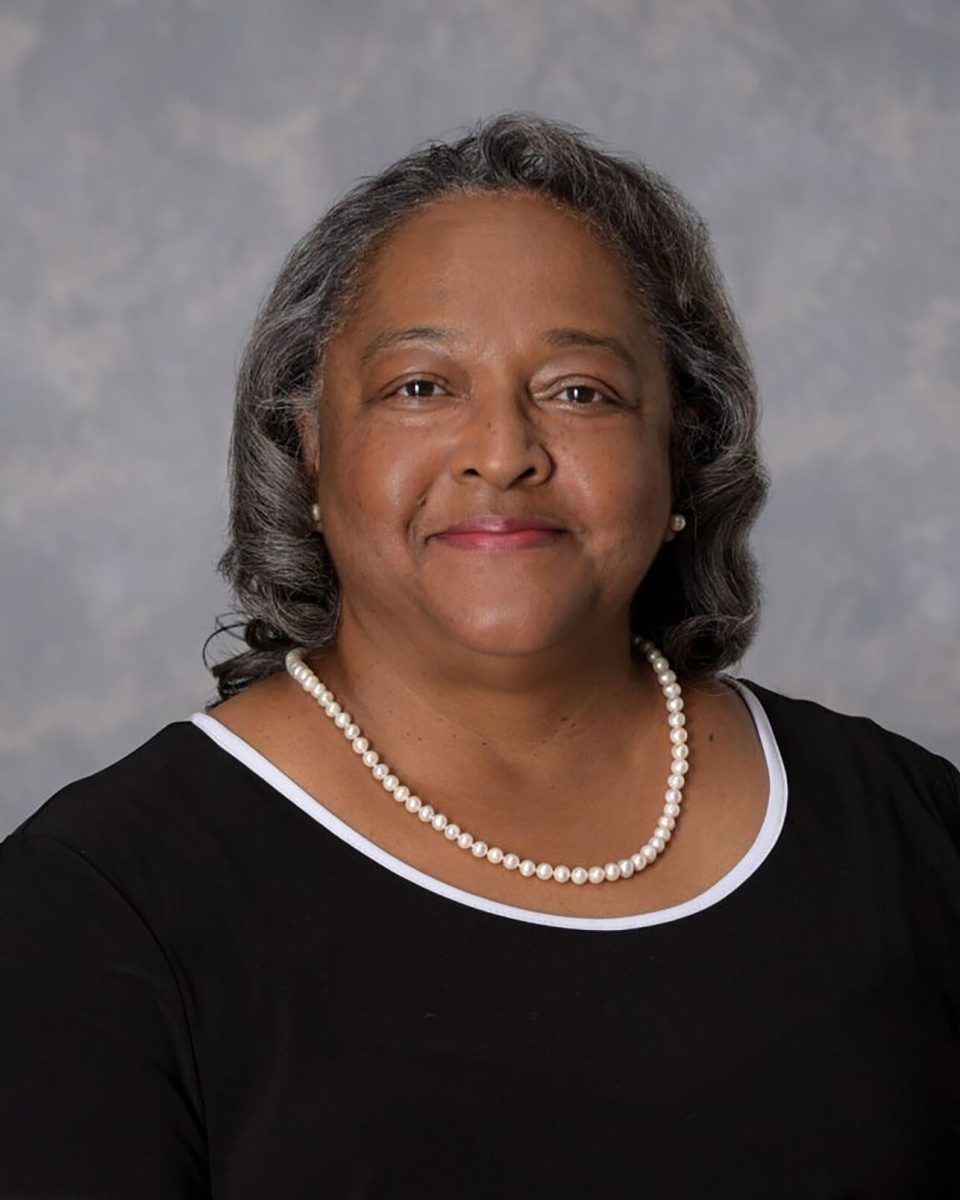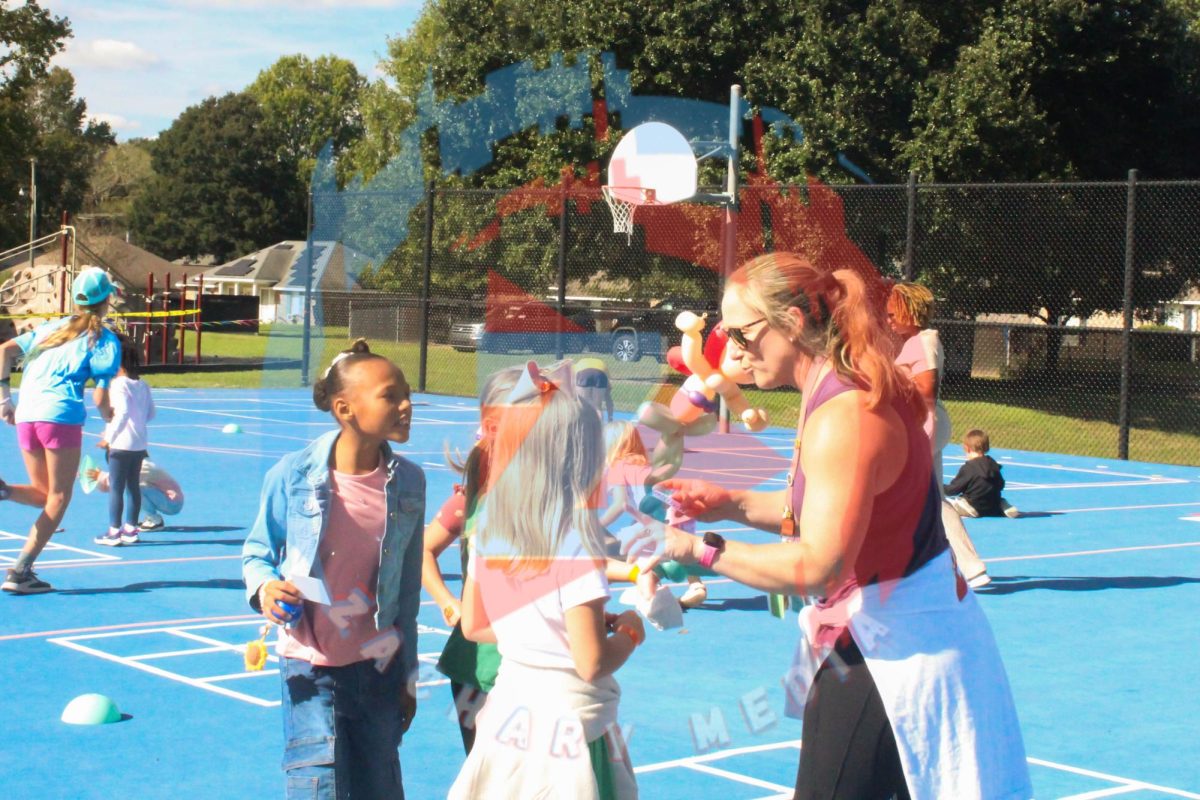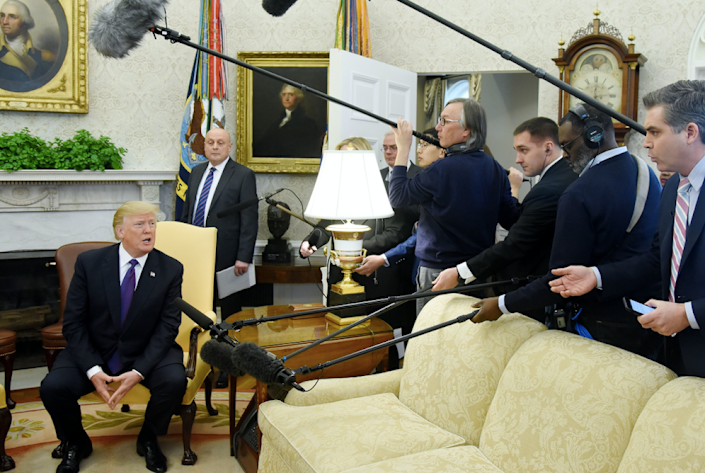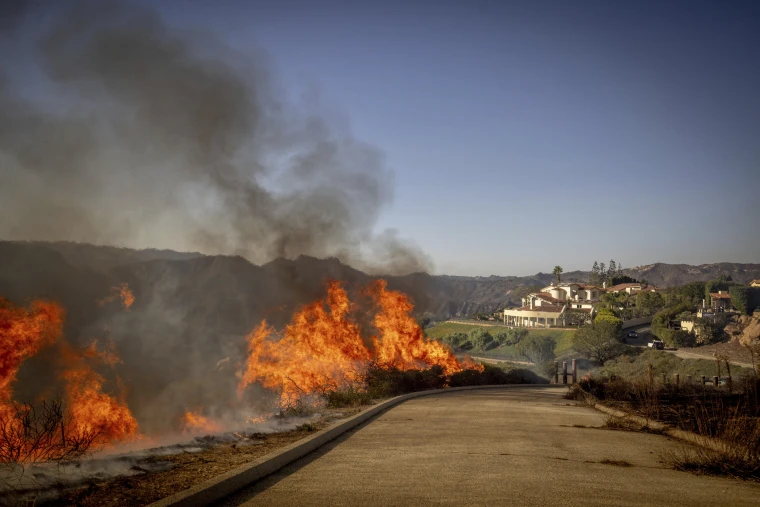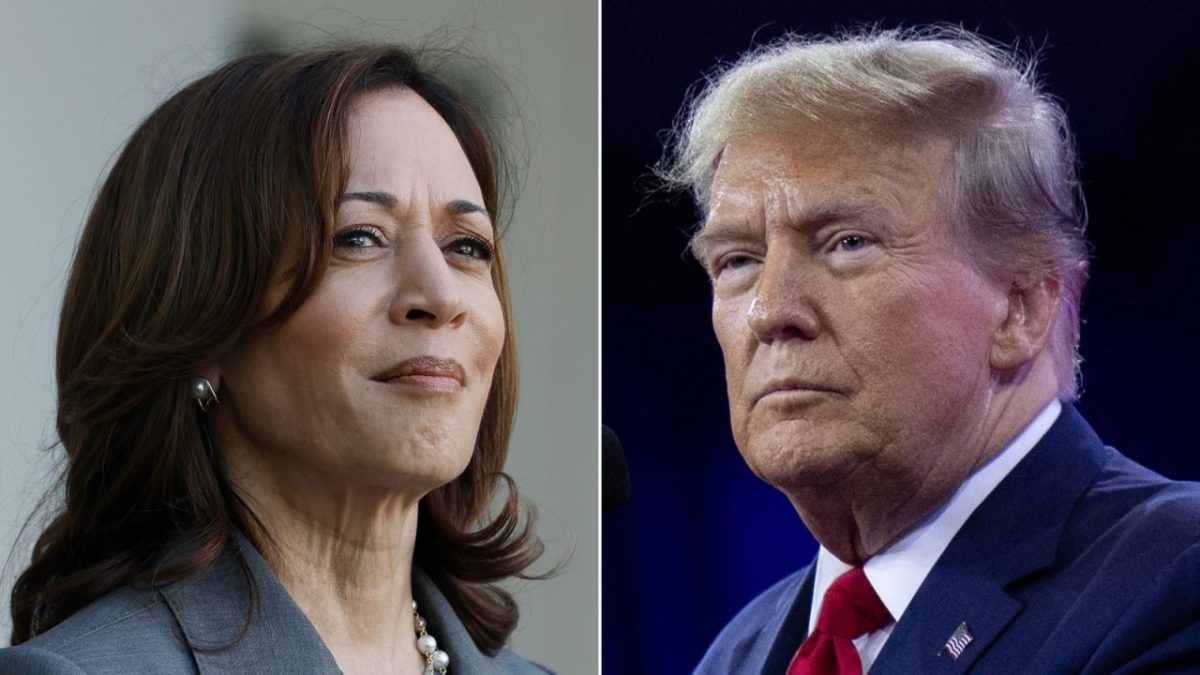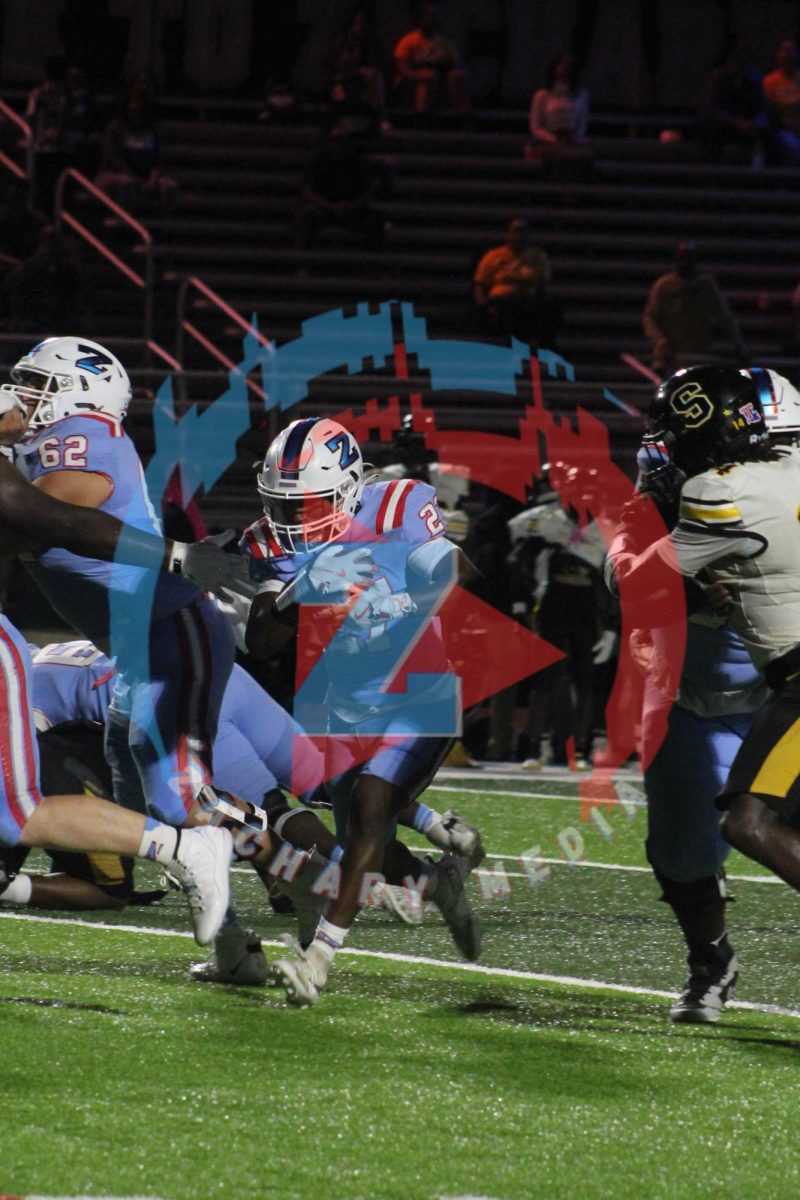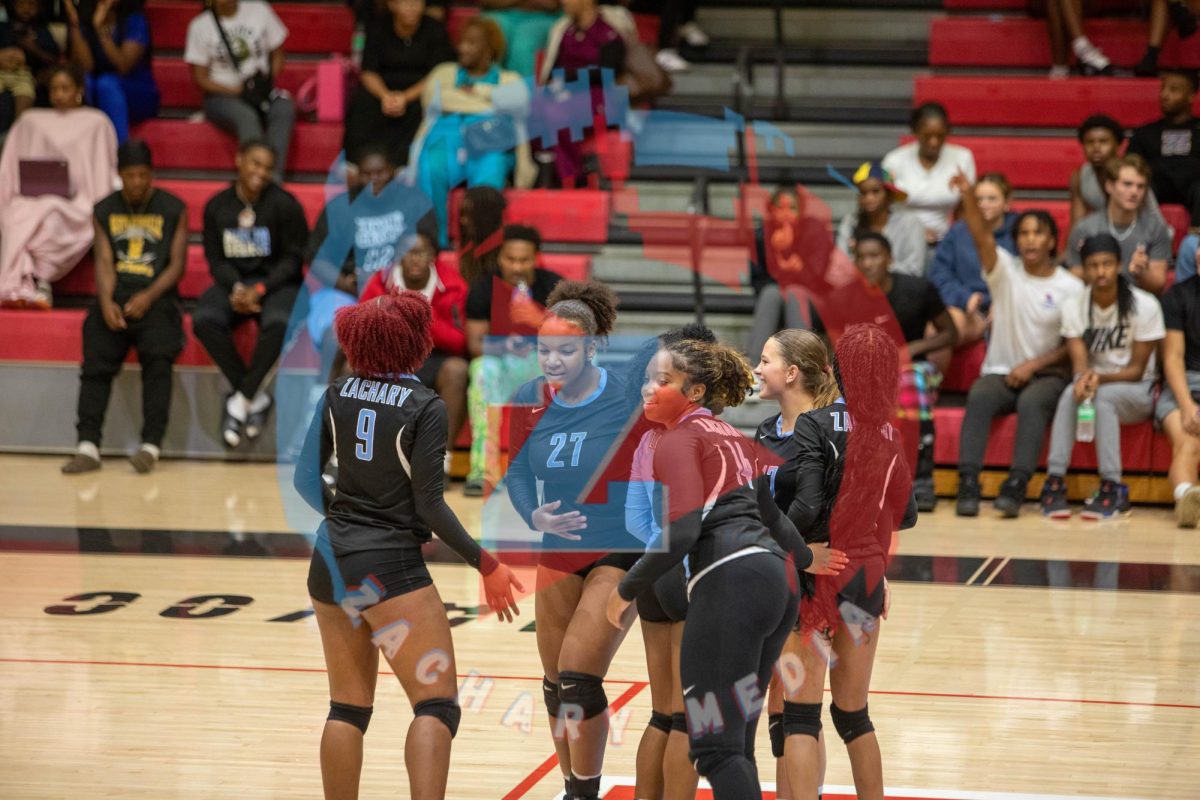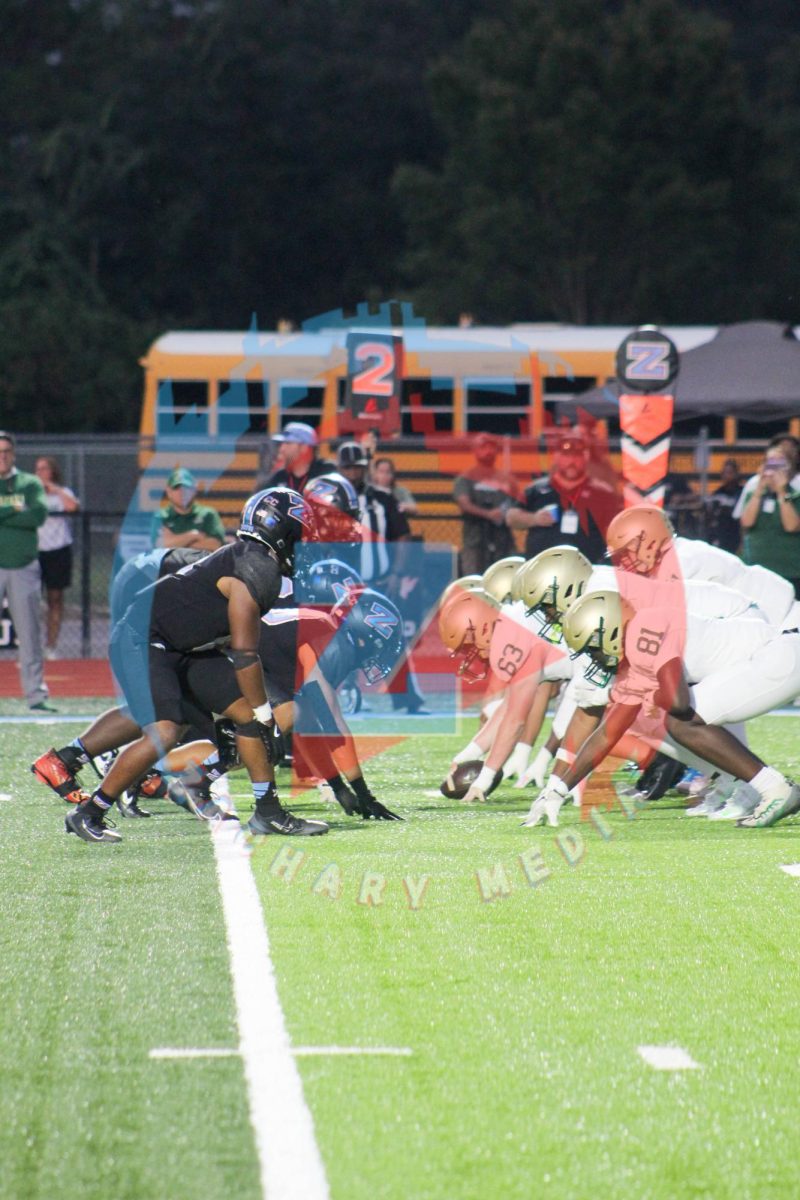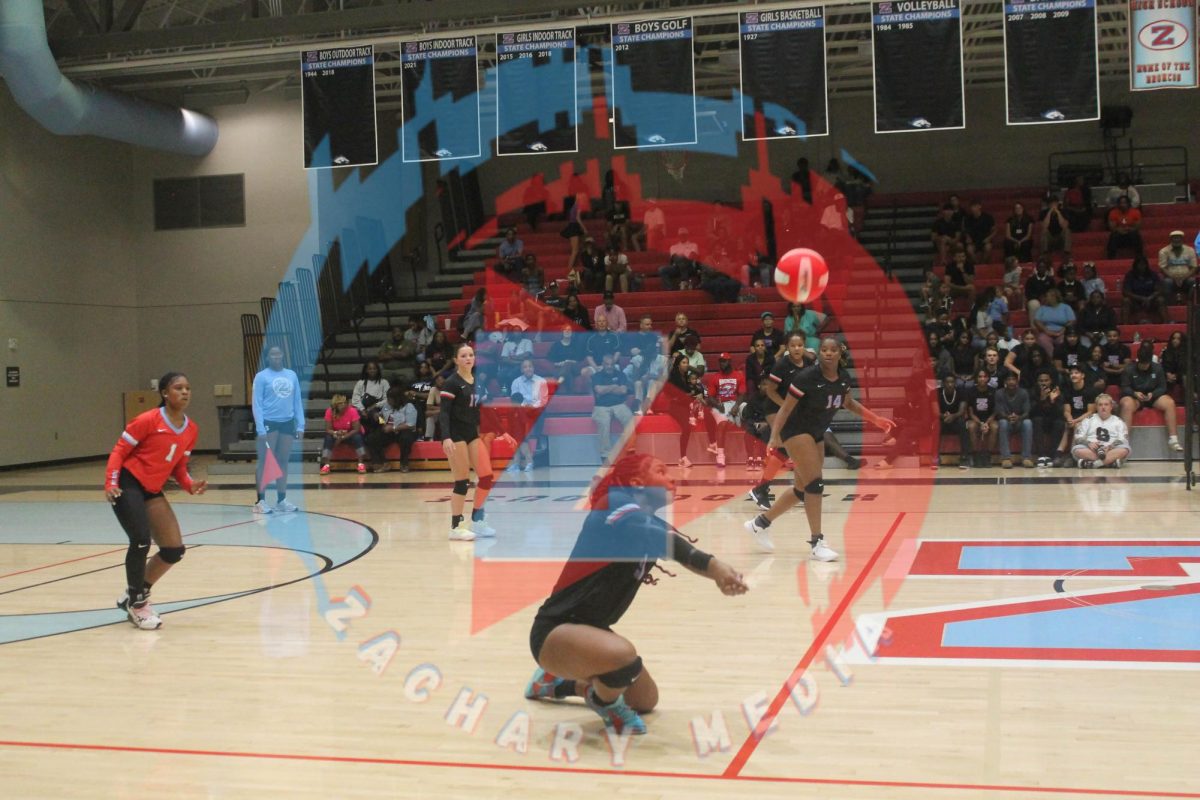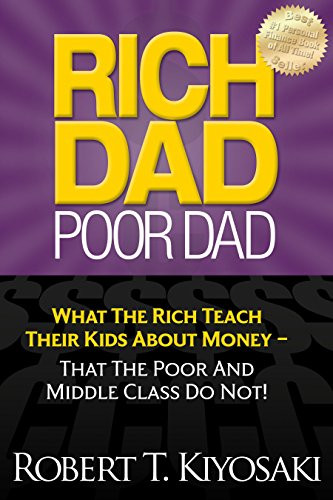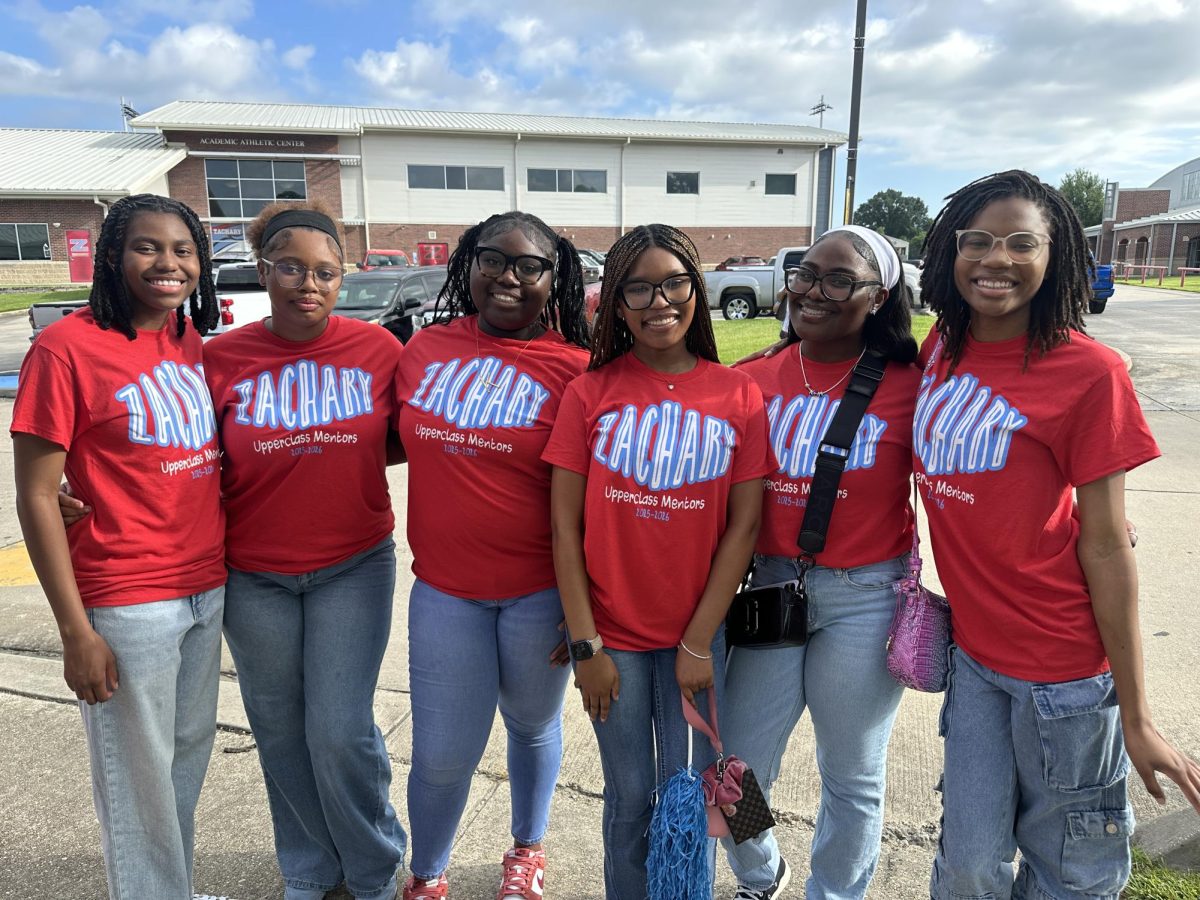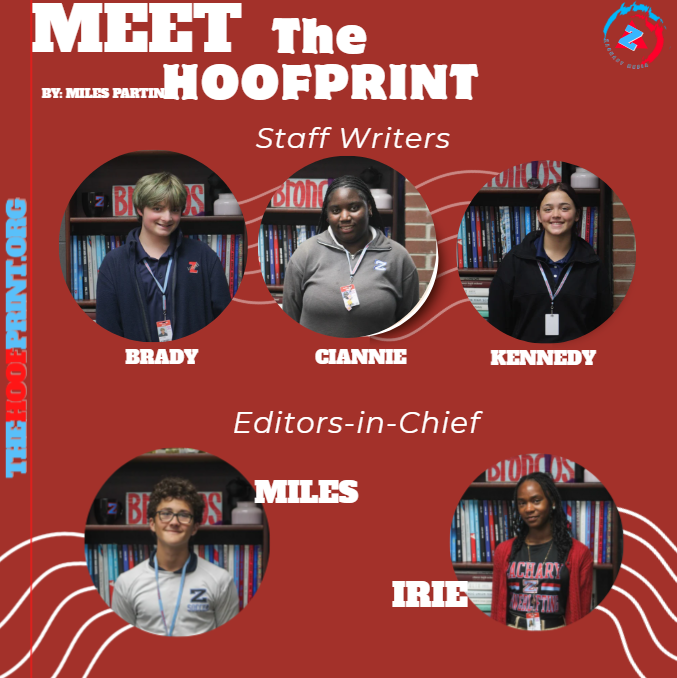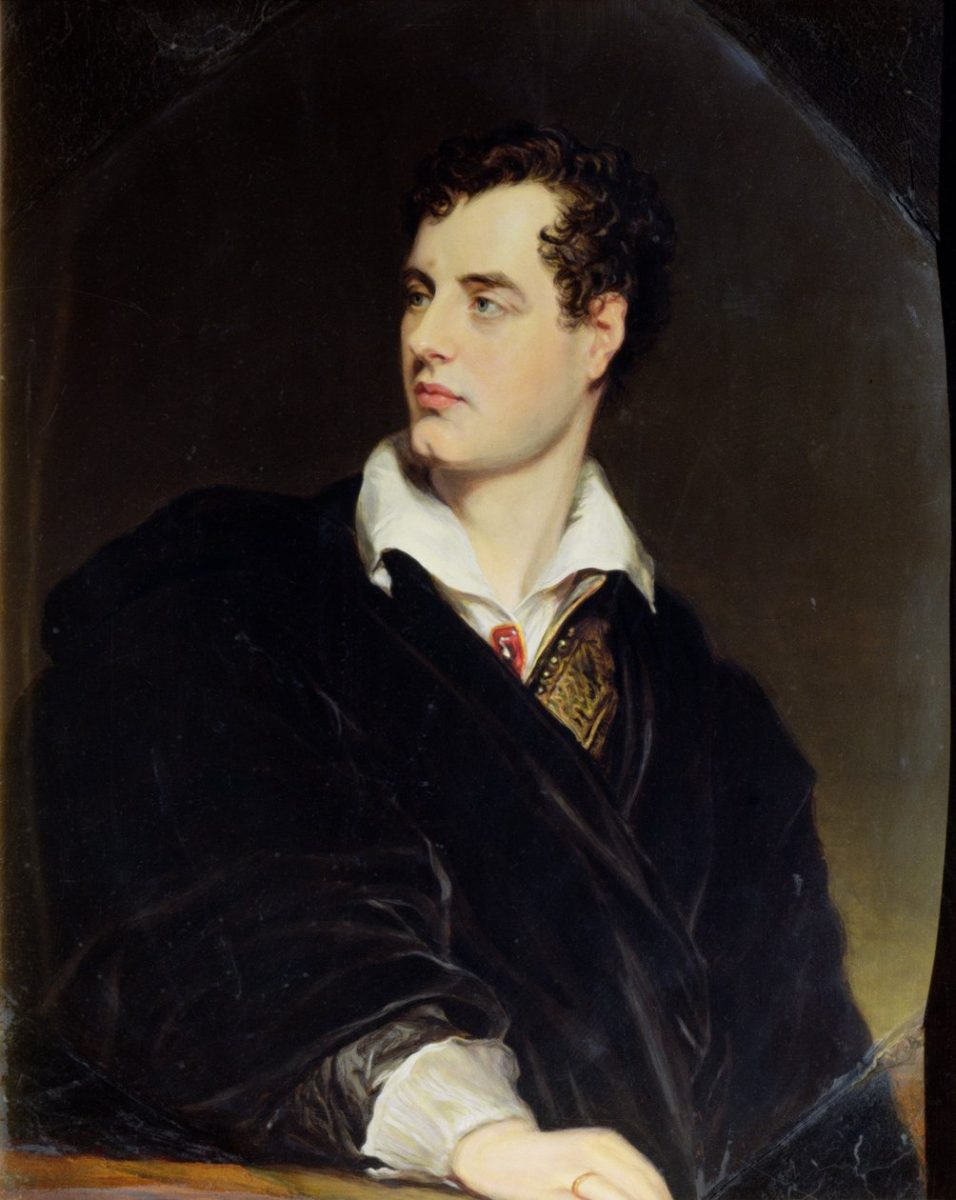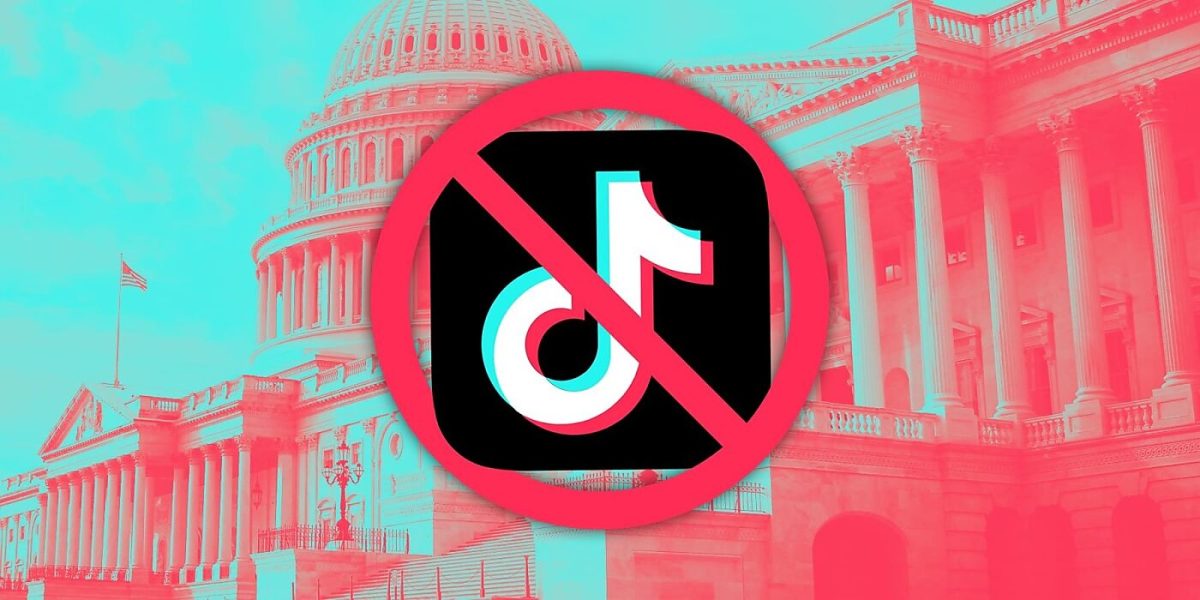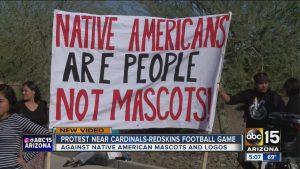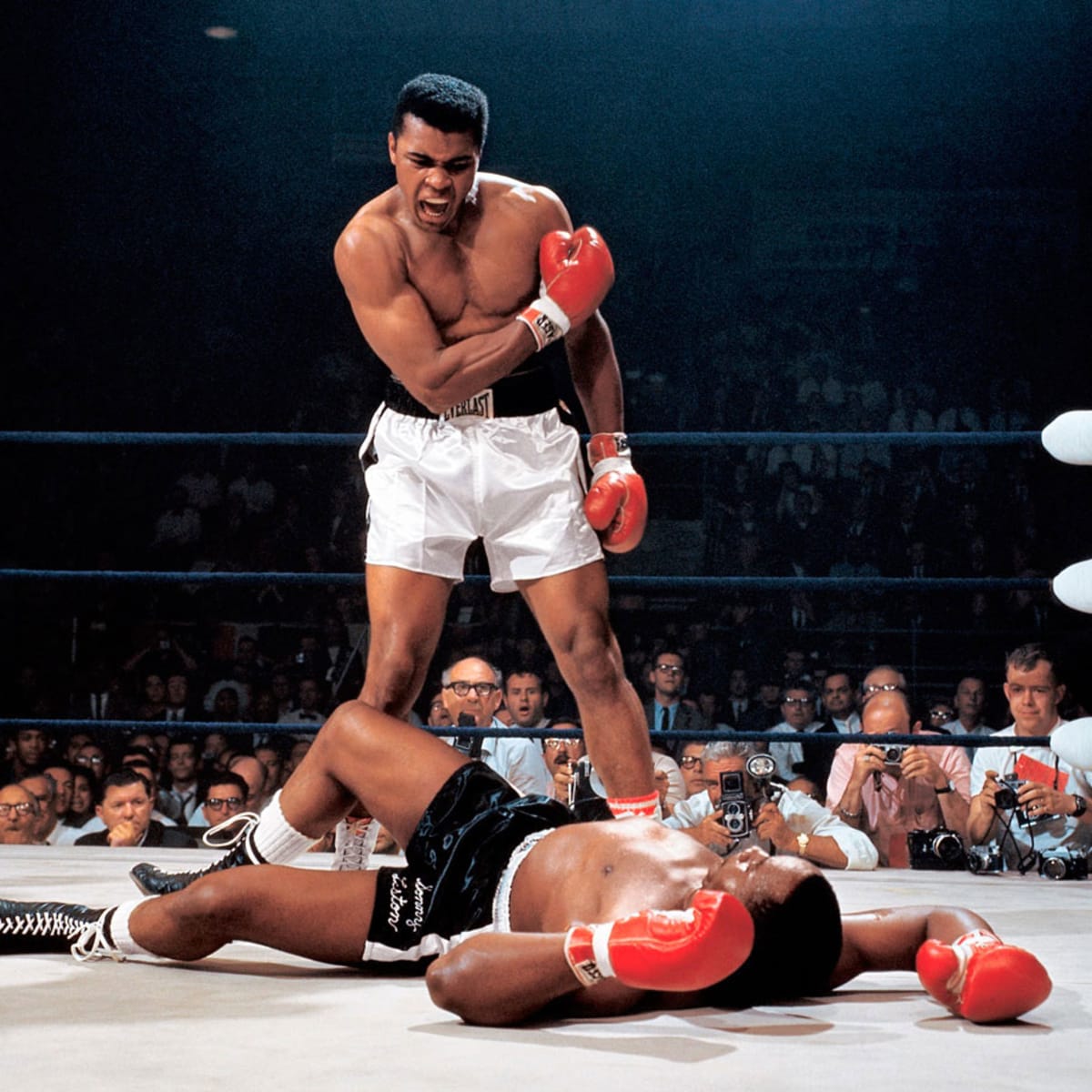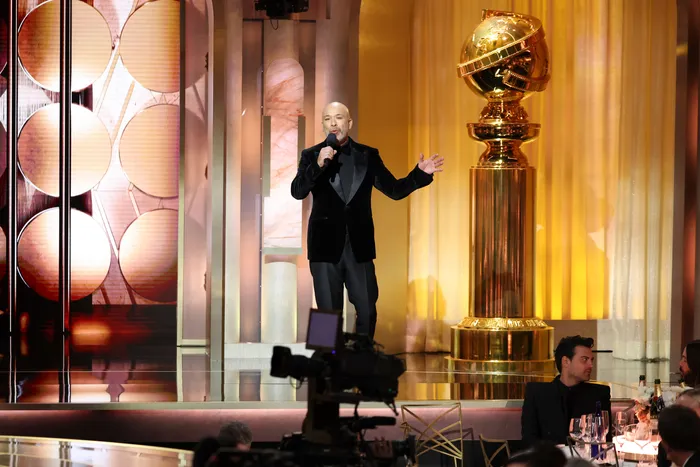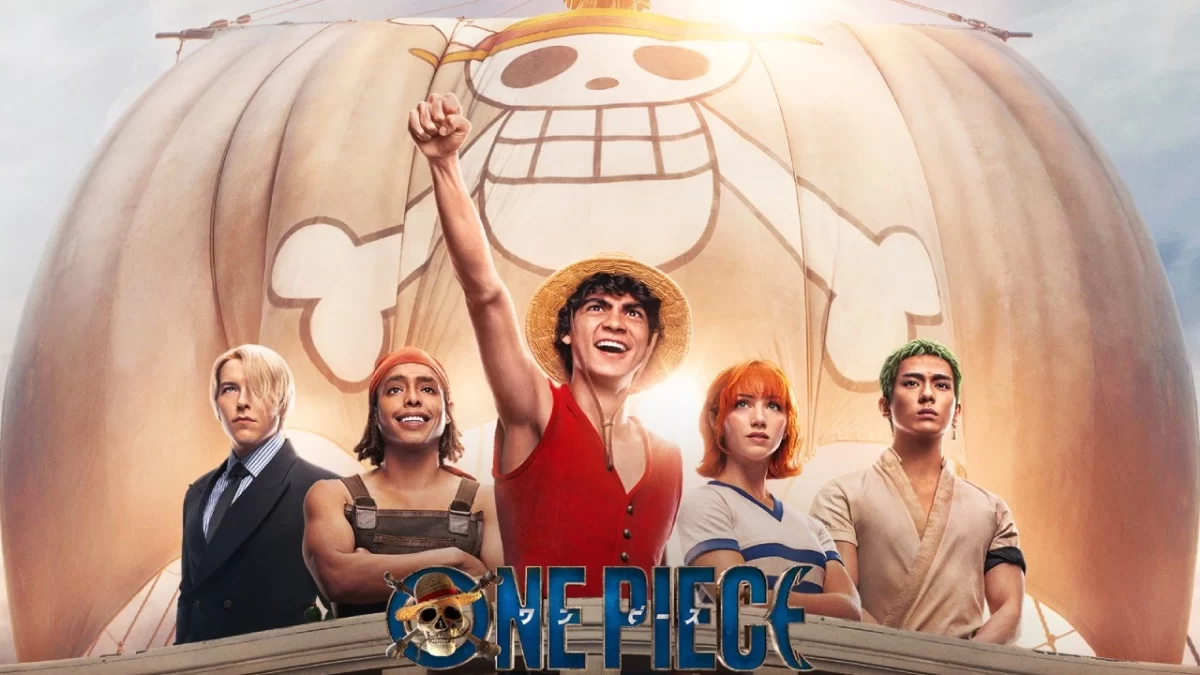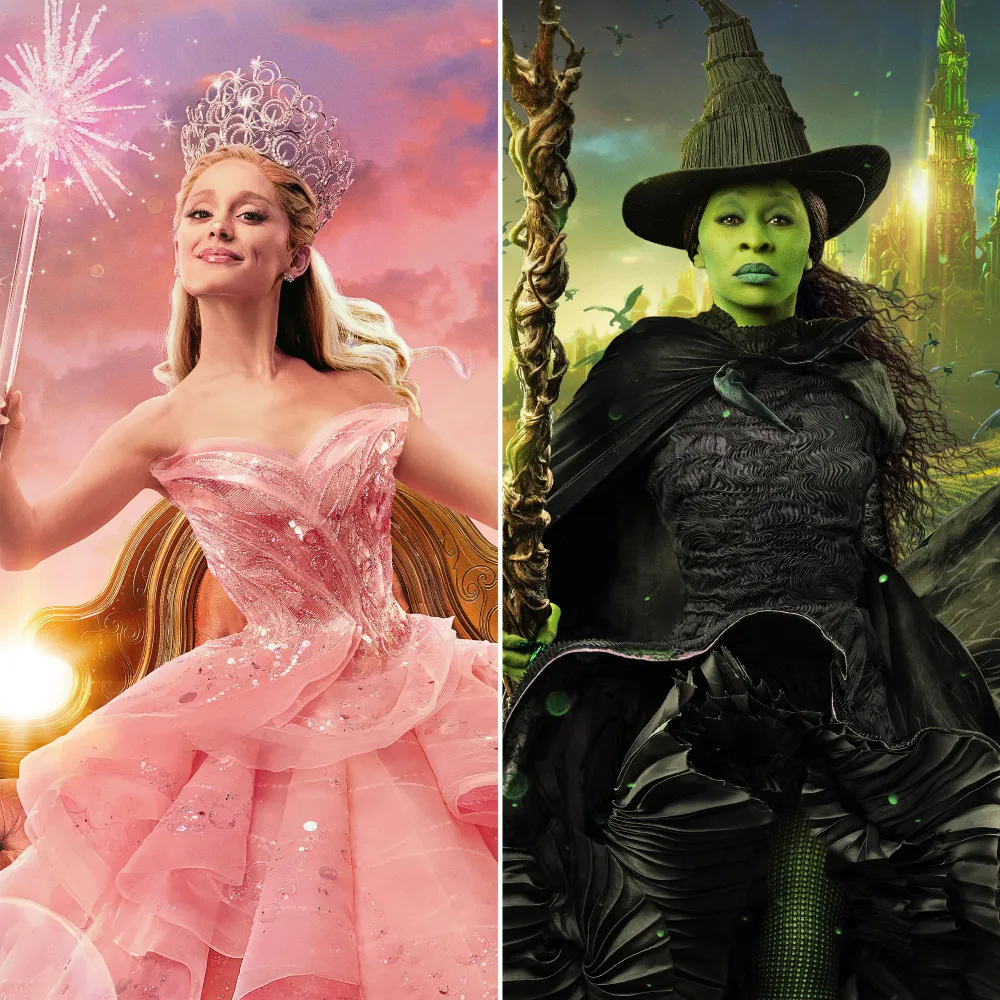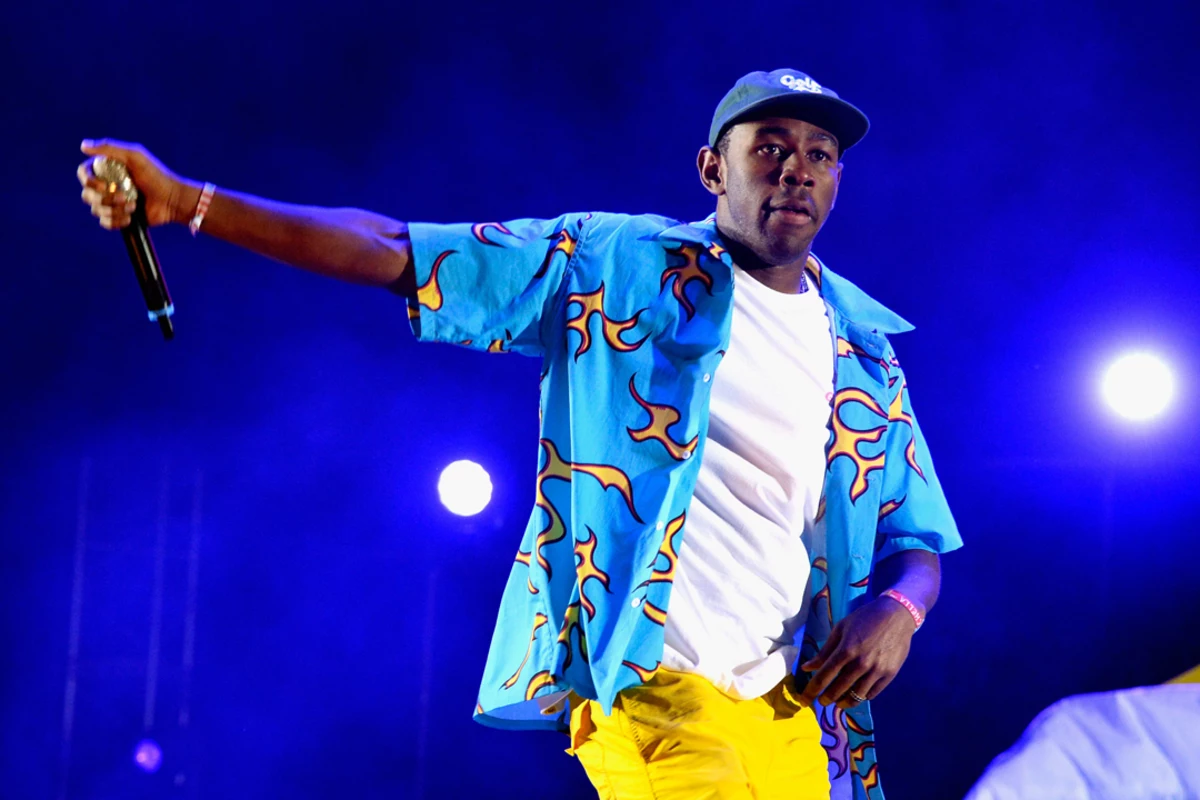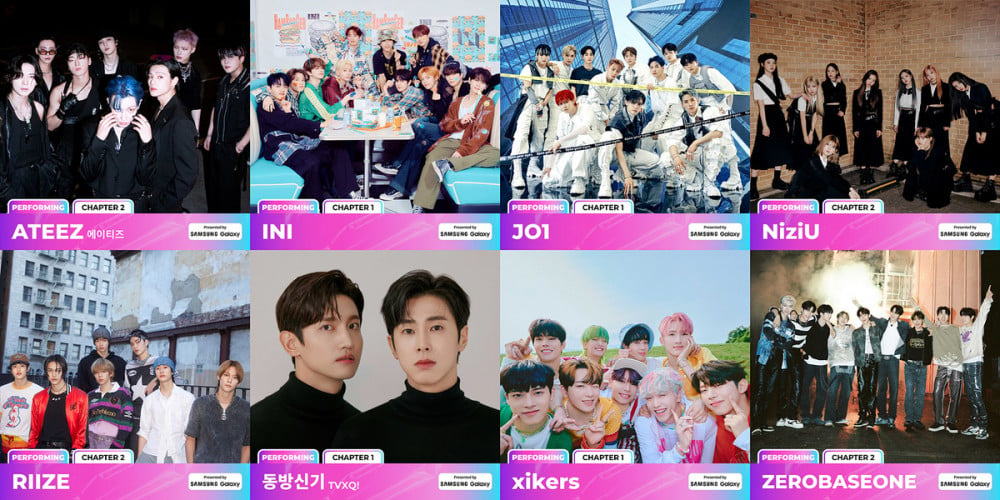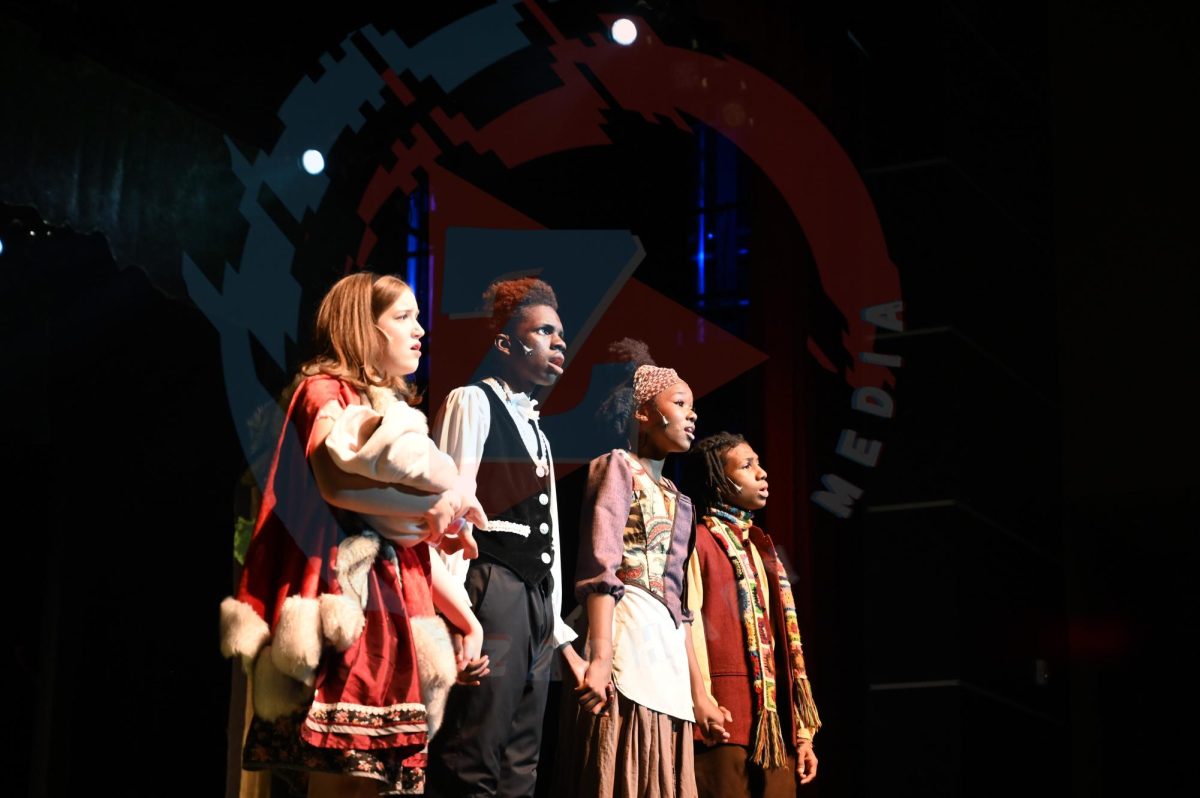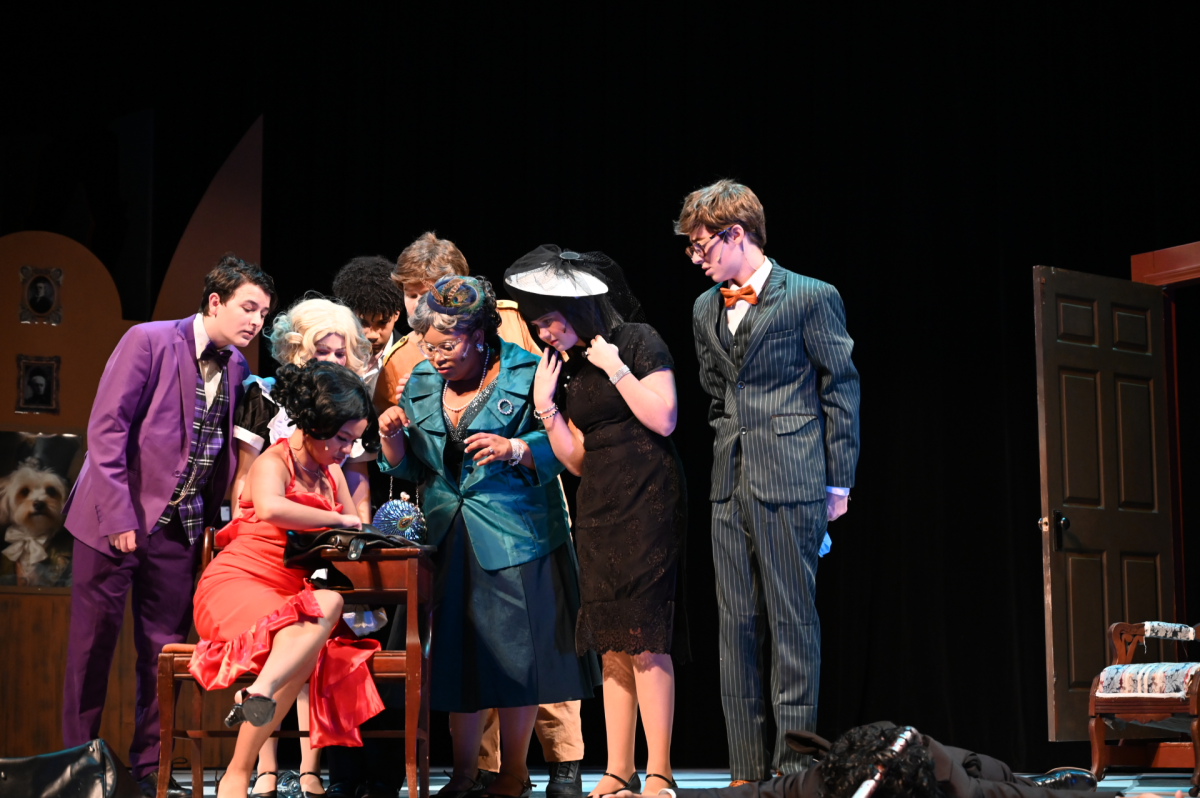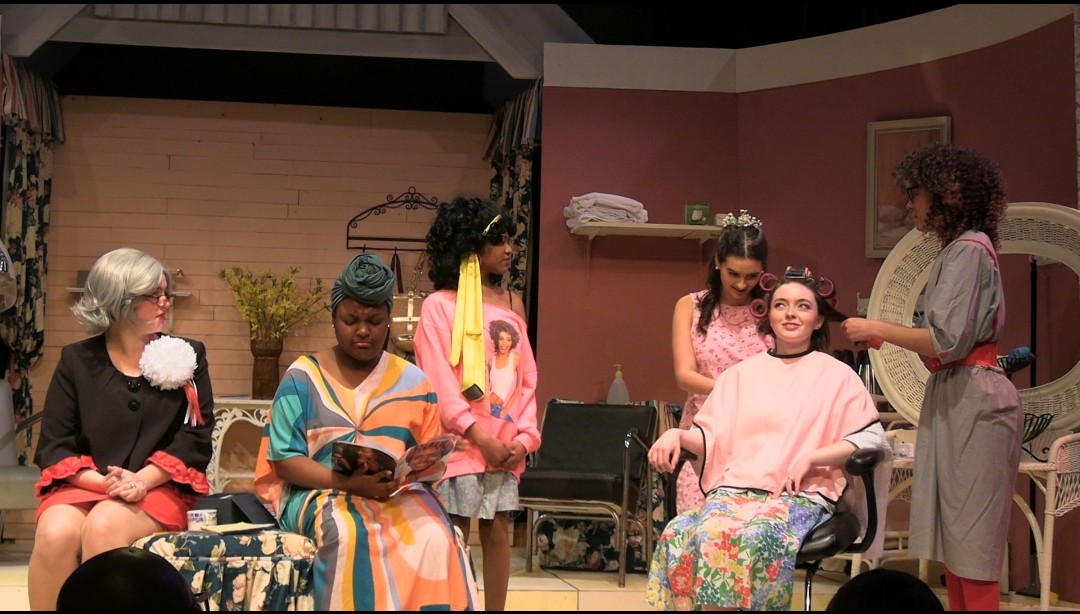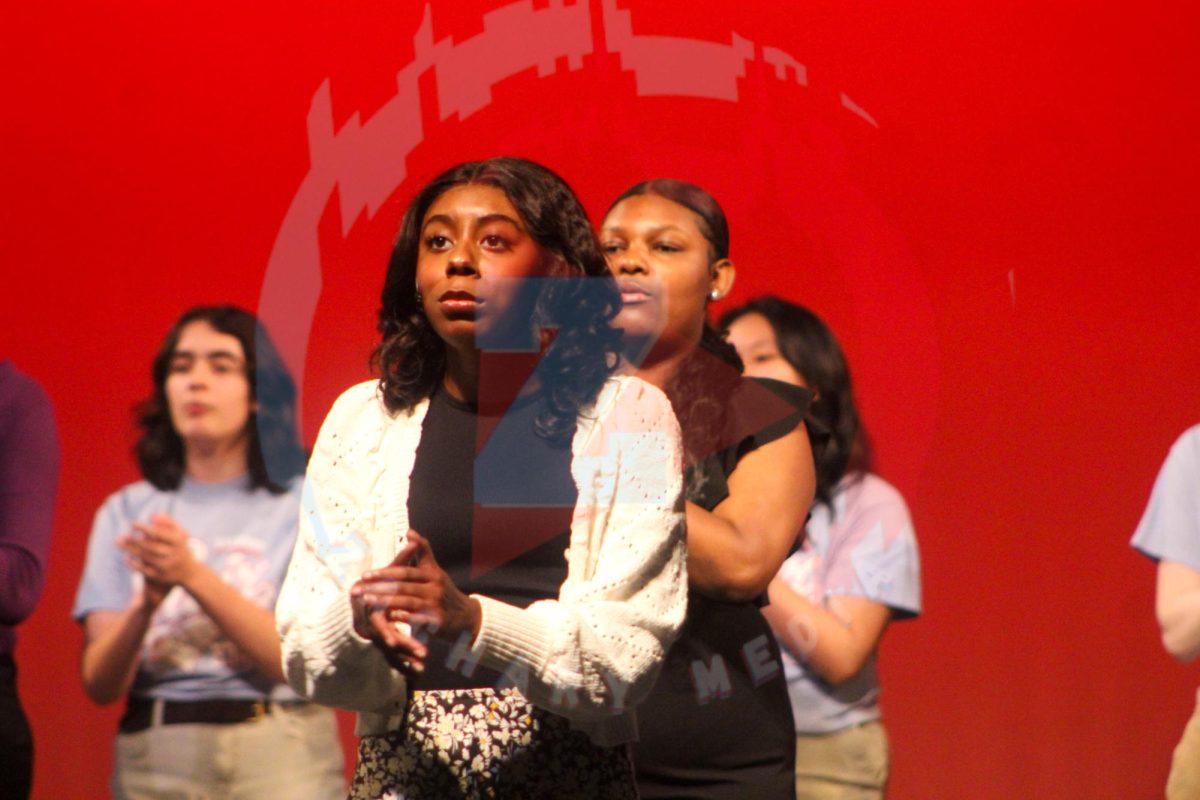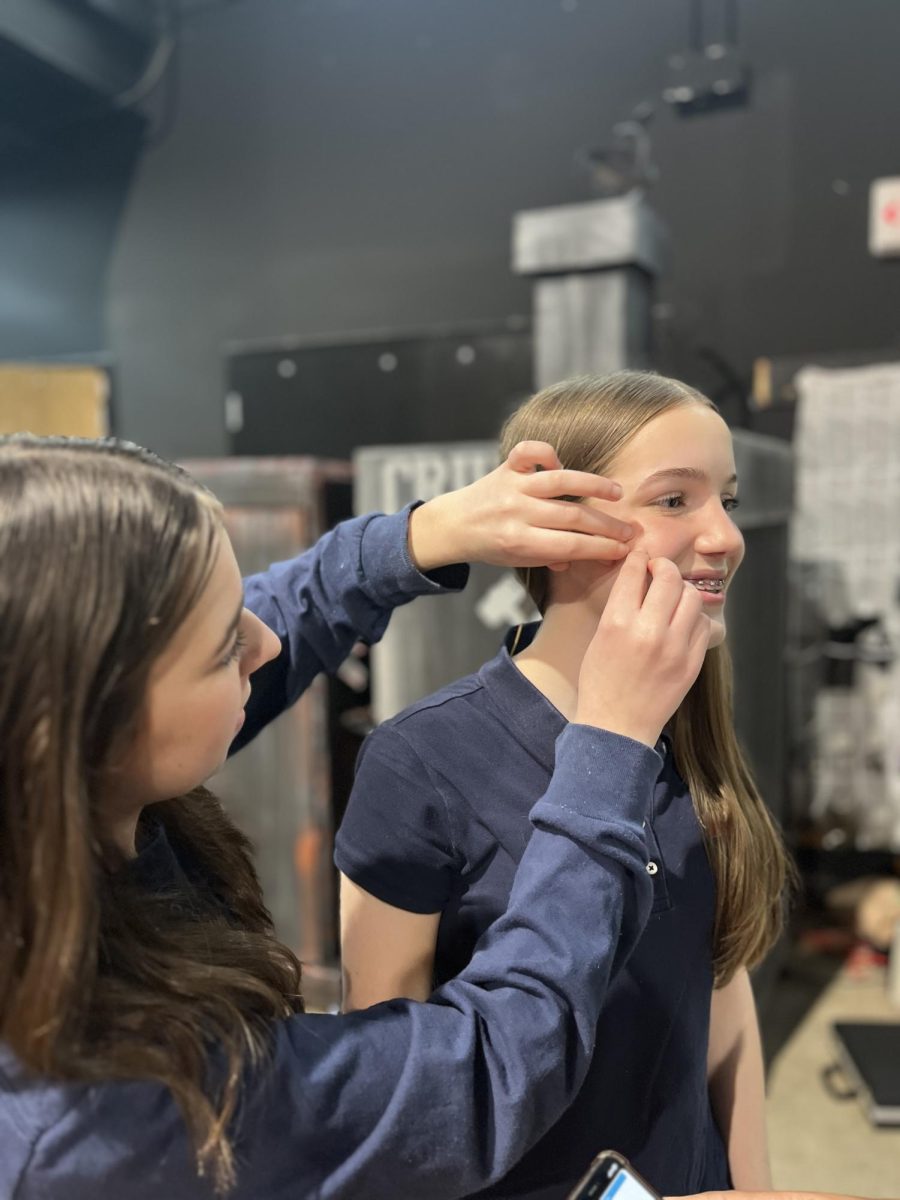History of Thanksgiving
November 14, 2022
The history of Thanksgiving is no secret to the students at Zachary High, but let’s dive in a little deeper.
The first Thanksgiving that took place in the United States was in 1621. The Plymouth colonists, also known as the Pilgrims, and the Wampanoag Indians shared a harvest feast soon known as the first Thanksgiving celebration. Individual colonies continued to celebrate Thanksgiving for more than two centuries, but it wasn’t until 1863 that former president Abraham Lincoln proclaimed Thanksgiving as a national holiday.
The Plymouth colonists sailed to the Americas in September of 1620. They sailed on a small ship called the Mayflower; the Mayflower carried 102 passengers from Plymouth, England, to the states. One month after their departure, the Mayflower crossed Massachusetts bay, and the Pilgrims started to establish their village. The colonists struggled through the first winter and suffered many losses. By spring, they had lost almost half of the colonists that initially traveled. They were soon greeted by a member of the Abenaki tribe, who surprisingly greeted them in English. Several days later, he returned with another Native American, Squanto, a member of the Pawtuxet Tribe who had sadly been kidnapped by an English boat captain and sold into slavery. Squanto escaped to London before he returned to his homeland. He began to teach the Pilgrims, who had been devastatingly weakened due to malnutrition and disease, new ways to live. They were taught how to cultivate corn, extract sap from trees, catch fish and avoid poisonous plants. He also helped the settlers to form an alliance with the Wampanoag tribe.
In November 1621, the Pilgrims had their first successful corn harvest. In tribute, Governor William Bradford organized a feast to celebrate their success. He invited the colony’s Native American allies, including the Wampanoag chief. There is no record of what was on the menu, but historians suggest that the meal was a lot different from the Thanksgiving meal we expect. Most dishes served were likely prepared with Native American spices and cooking methods.
In 1817 New York was the first to adopt this tradition, and it continued to spread. Sarah Josepha Hale, a magazine editor and prolific writer, launched a campaign in 1827 to establish Thanksgiving as a national holiday. President Lincoln finally heeded her request in 1863.
In the modern day, the celebration has lost much of its meaning and instead centers on cooking and sharing a meal with friends and family. Turkey, of course, is the Thanksgiving staple and nearly 90 percent of Americans eat the bird, whether it’s baked, fried or roasted. Other foods shared on the table include stuffing, mashed potatoes, cranberry sauce and pumpkin pie. Thanksgiving means giving thanks, and many people participate in various activities, including volunteering and food drives. And we can’t forget about the parades. Parades have become another staple of Thanksgiving, the most famous parade is the Macy’s Thanksgiving parade, the Macy’s department store conducted their first parade in 1924 and it has become an ongoing tradition. No matter your family origin or financial status, Thanksgiving is a holiday that brings joy to everyone. It’s the best feeling to sit down with your loved ones and share a big, filling meal full of fun, chaos and laughter.
History.com Editors. (2009, October 27). Thanksgiving 2022. History.com. Retrieved November 7, 2022, from https://www.history.com/topics/thanksgiving/history-of-thanksgiving

